A quarter of a century ago this month, Land Rover launched the Land Rover Discovery, the model that was to set it on its current highly successful path to becoming a full-line SUV manufacturer.
Whereas the Jeep-inspired original Land Rover of 1947 and the luxurious Range Rover of 1970 had already defined the boundaries of a new off-roader sector, the Discovery aimed squarely at its heartland, where ordinary car buyers could afford, and would see the need for, a tough but comfortable, family-oriented off-roader.
The 2017 Land Rover Discovery has been revealed – read more here:
Riding on a version of the Range Rover’s twin-rail chassis and coil-sprung suspension, but with exterior and cabin designs all its own, the Discovery shot to prominence at the undisputed star of the Birmingham motor show in November 1989.
One reason why crowds flocked to see it was that in the previous month, Land Rover had staged a press launch for the model in Plymouth.
A testing route over local tracks and highways began on the city’s famous Hoe, overlooking the sea, where Sir Francis Drake is claimed to have finished his famous game of bowls before attacking and defeating the Spanish Armada that had appeared on the horizon. That 1989 car launch was inspired by the fact that the Range Rover had been launched in the area 19 years earlier.
All of which is why 120 Discoverys of all ages, shapes, conditions and hues, plus around 300 people, foregathered there last Saturday to celebrate the model’s 25th birthday. They’ve been going there since it was 20, but this year was a bit special. Entrants came from all points of the compass, starting with a photo-call on Saturday morning before setting off to retrace some of the test routes of 1989 and settle at a nearby campsite on the Mount Edgcumbe estate.
Cossetted in a 64-plate Discovery HSE Luxury, the Steering Committee and I joined them on the Hoe, chatting to Discovery Club members and admiring the cars. Stars of the show were a smattering of original Discoverys with G---WAC number plates, which showed they were among the 80-odd original three-door models built and registered for the original press launch.
The lurid decals on their flanks, once criticised but now celebrated, drew attention to the earliest models, still impressive for the modern, airy quality of their cabin design, attributed at the time to celeb furniture designer Jasper Conran but (now it can be told) not all his own work.
What struck us was the self-contained cheeriness of the several hundred people who were there, happy in one another’s company and with the simple achievement of having arrived. And the disparate spec of the vehicles was fascinating.
One, obviously used for extreme off-roading, didn’t have a single straight panel (roof included) and its owner had proudly kept it that way. Another was a healthy, hand-painted Mk 1 farm workhorse, clearly with many years of useful life still ahead.
Many were kitted out with racks and rails containing get-you-home equipment and well-stowed camping gear. No two cars were identical; nearly every one has clearly done things well beyond a normal car’s capability.
In the circumstances, we were glad to have parked our shiny newcomer out of the way. It hadn’t yet earned its spurs like this distinguished group.
But as we rolled quietly home, enjoying favourite music enhanced by the Disco 4’s sensationally low levels of road noise, we also knew that this brand new 1000-miler would face tough obstacles of its own before too long, because Land Rover believes as stoutly as ever in demonstrating that its cars can handle tough conditions. And it would defeat them, just like its brave ancestors.

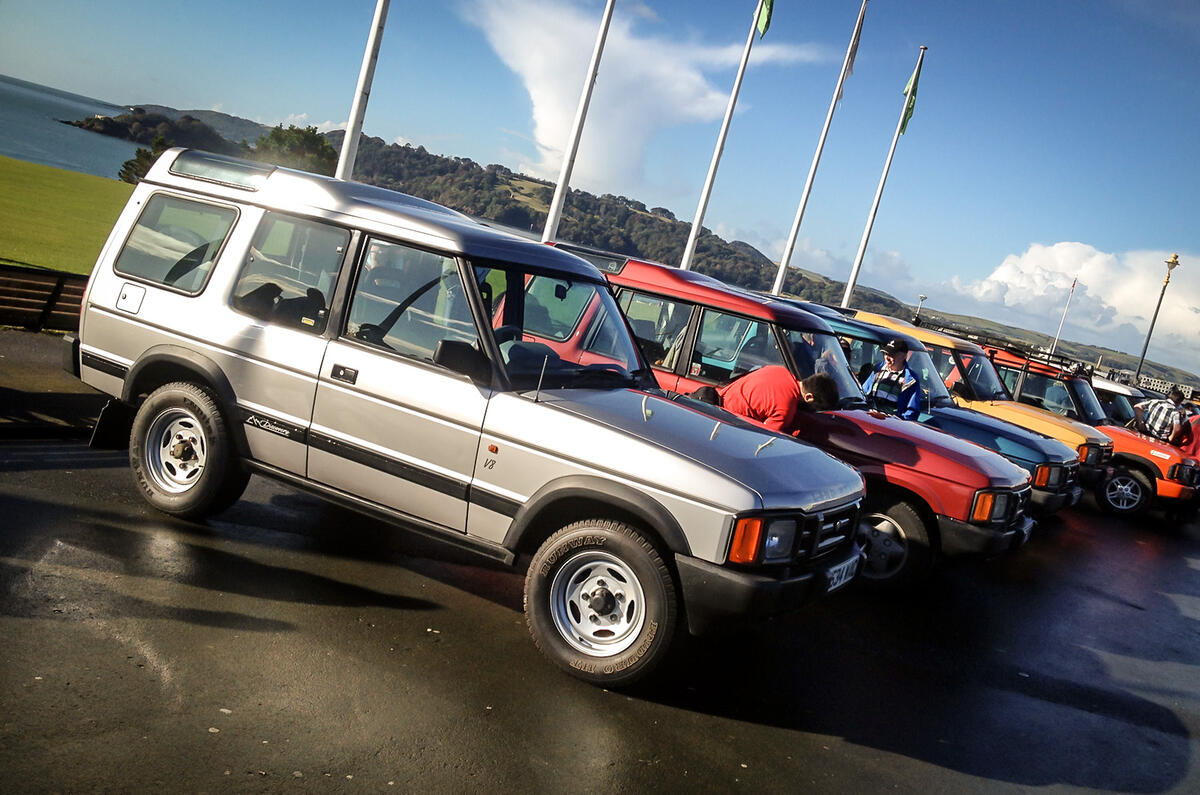
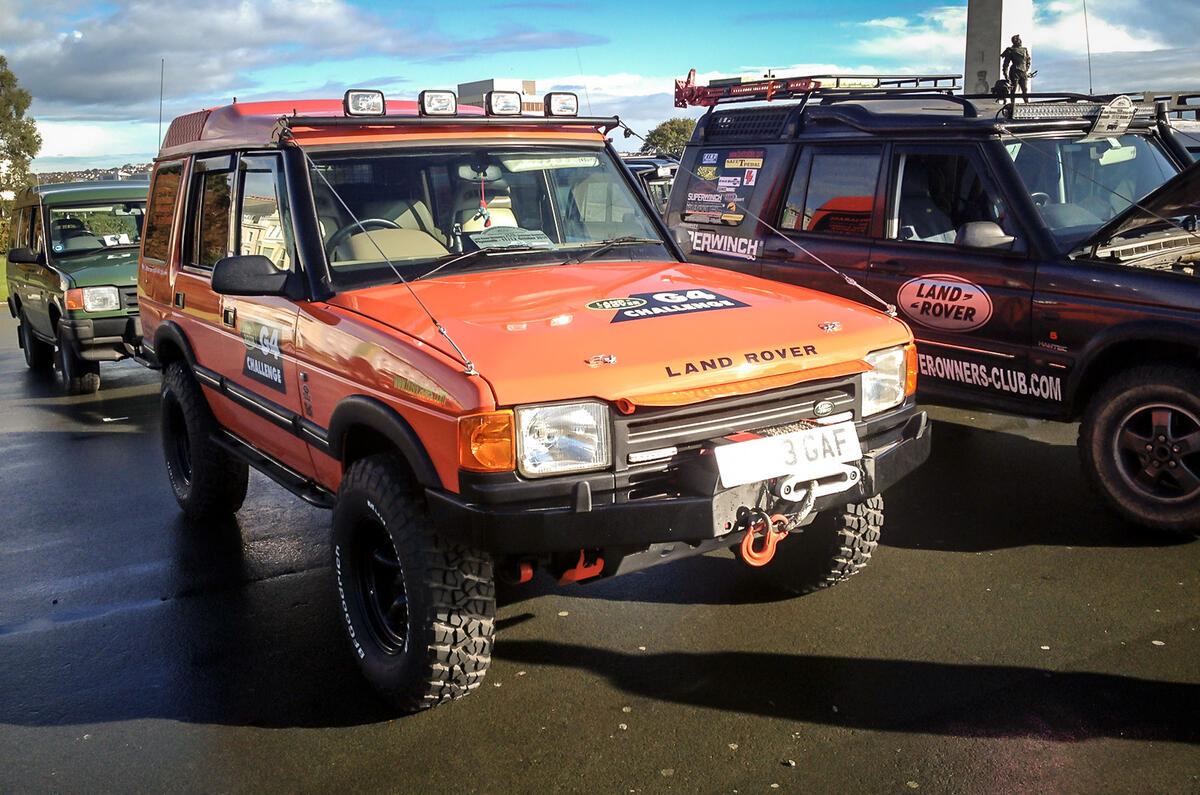
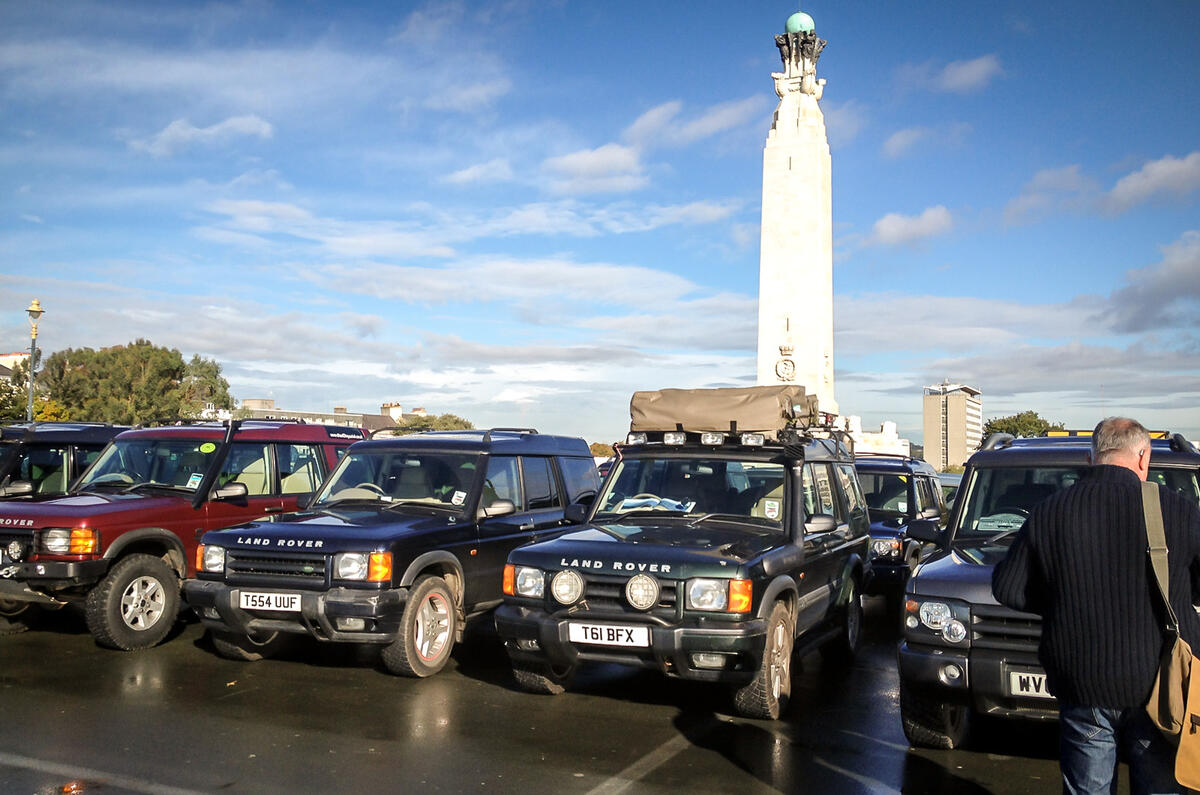
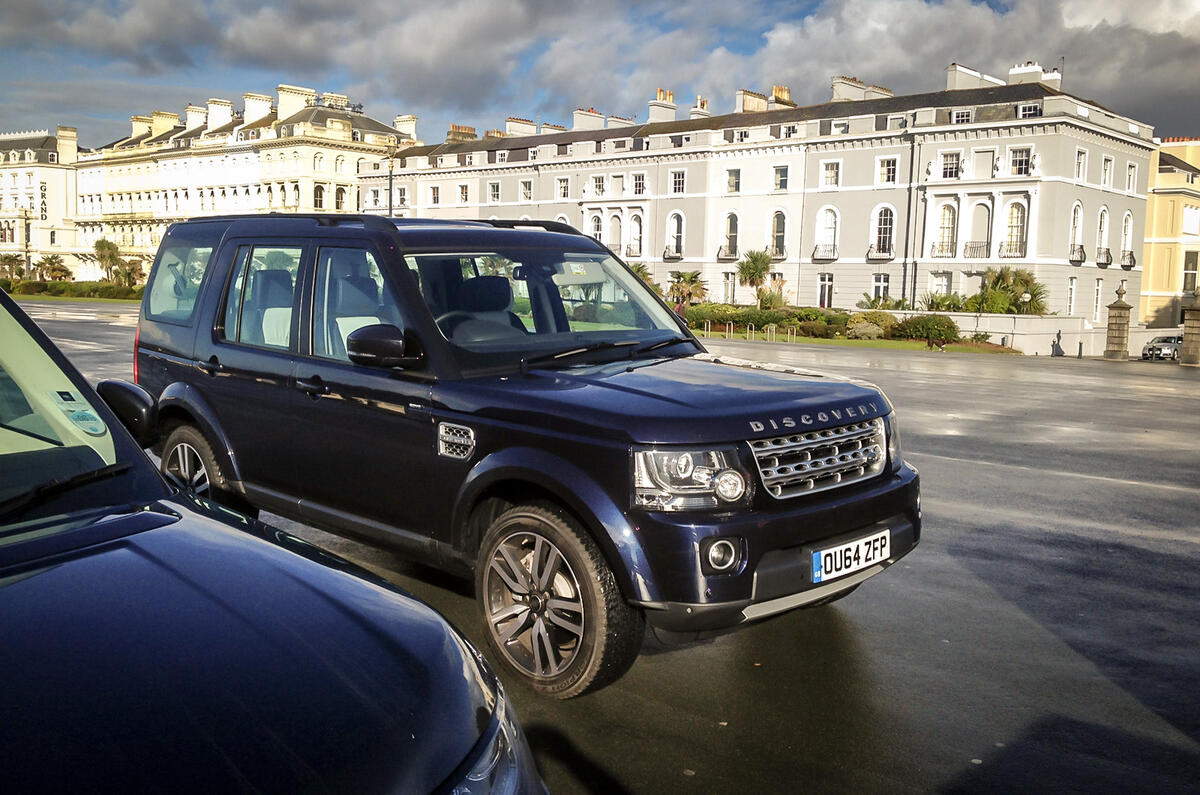
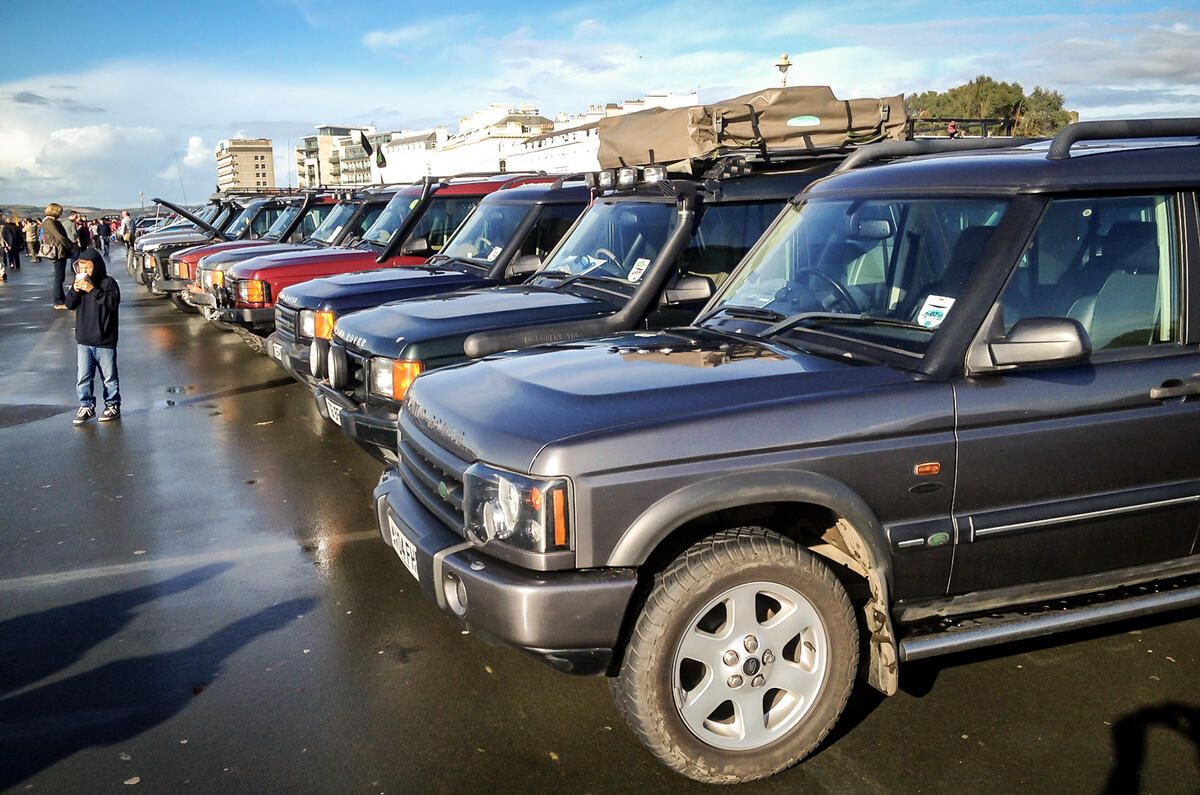
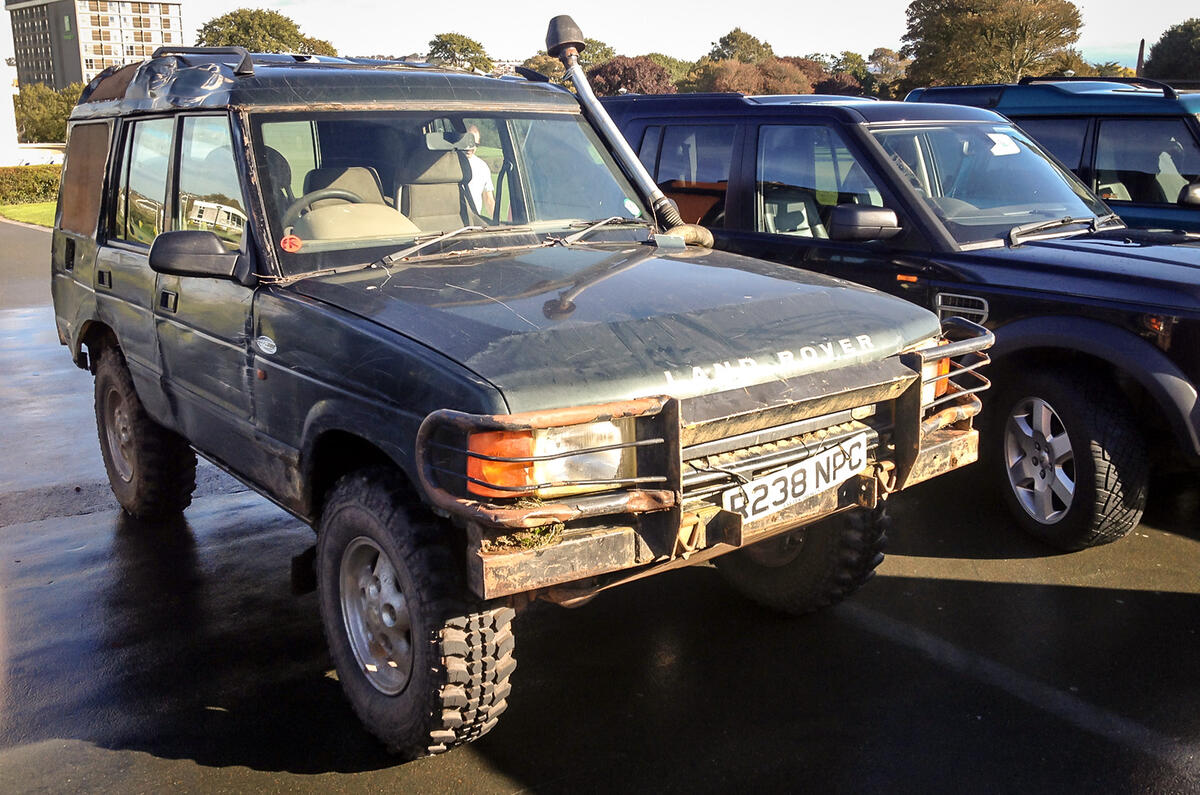
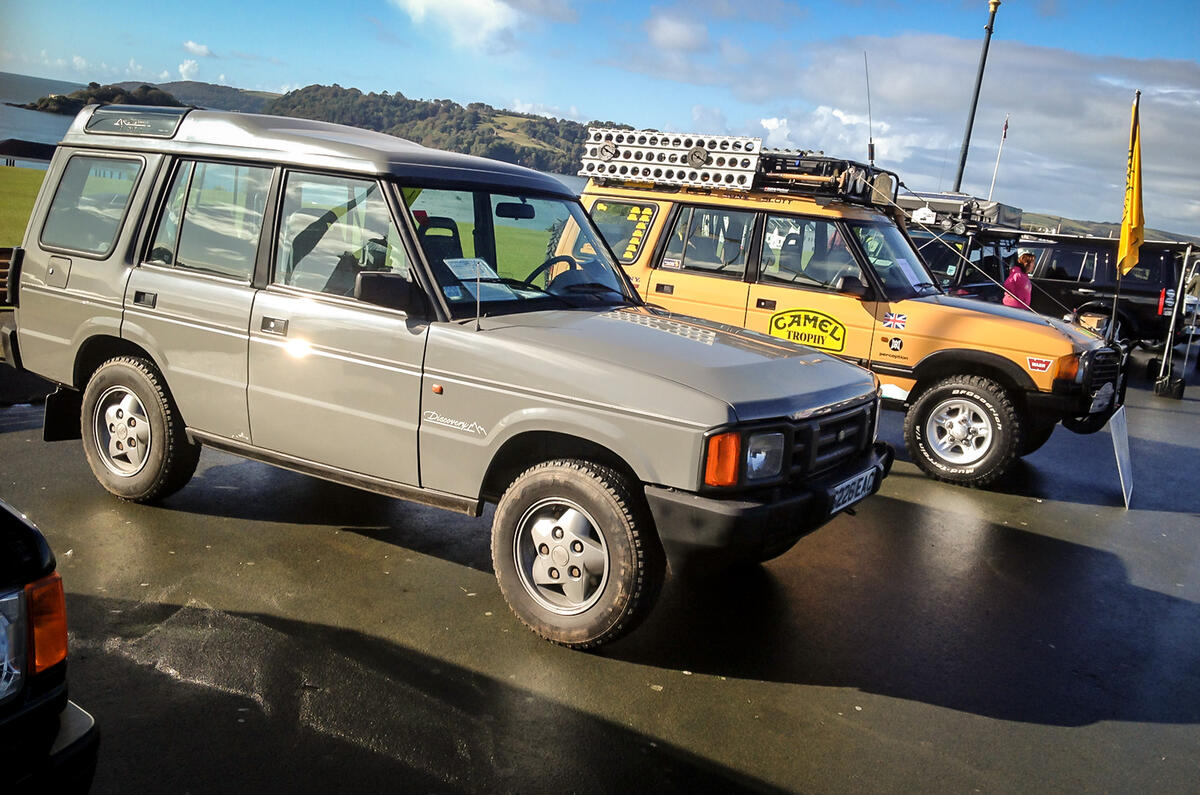
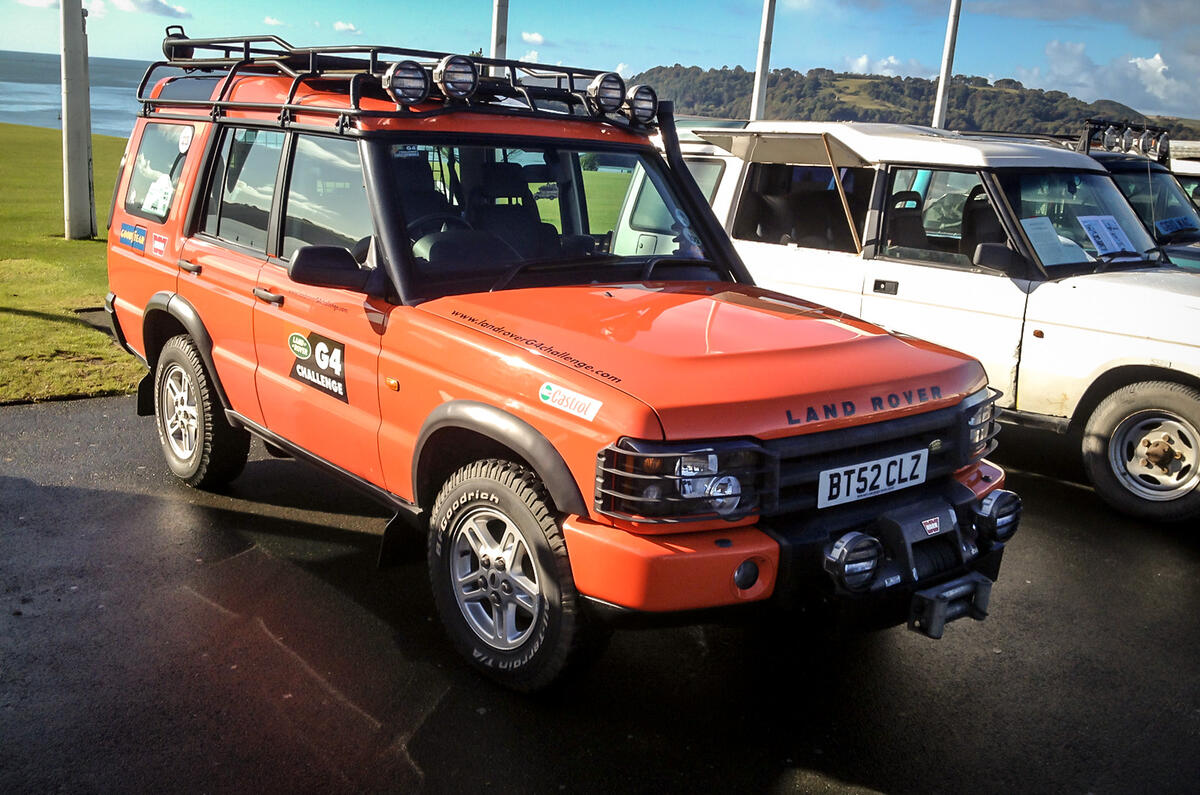
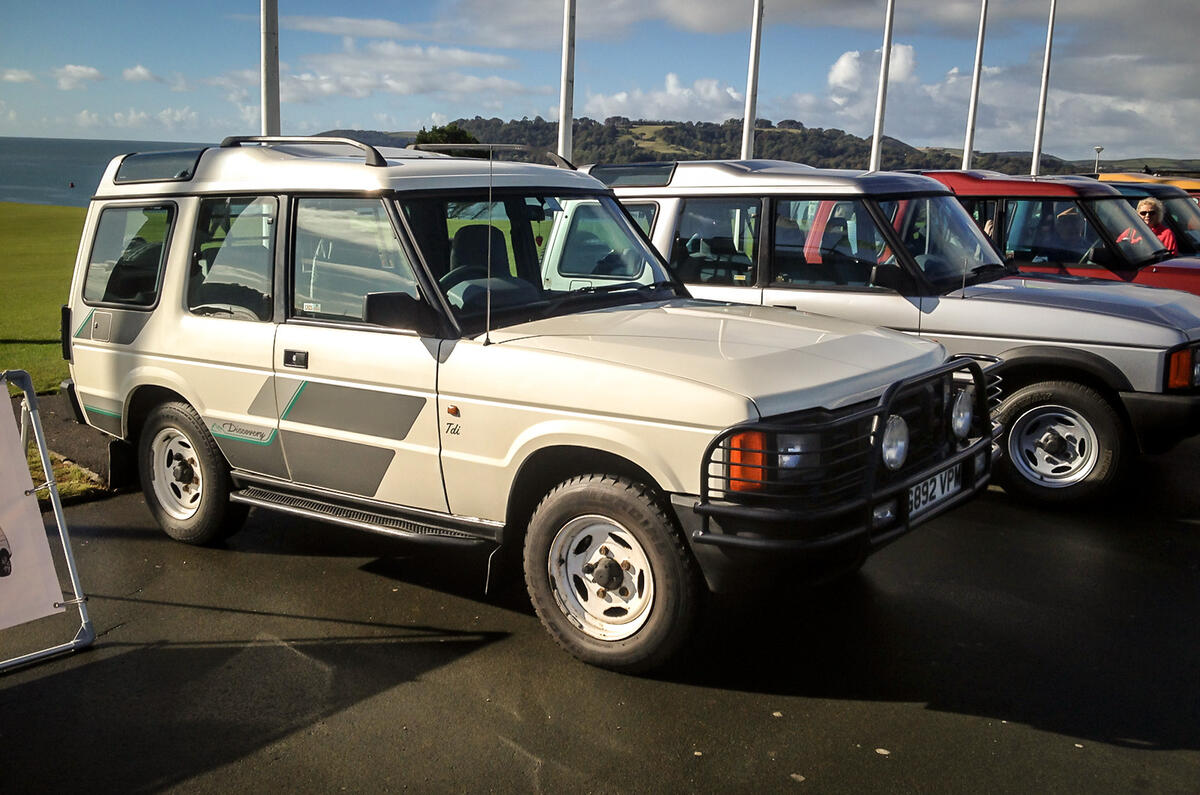
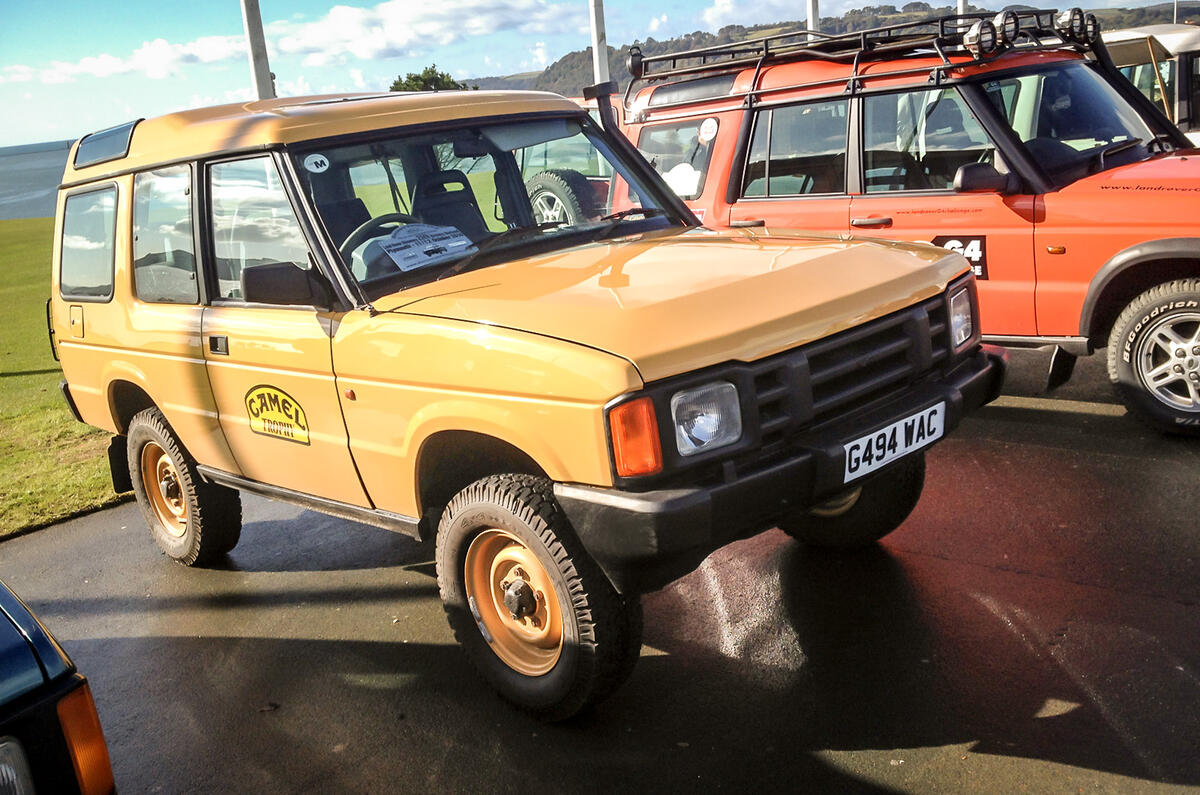
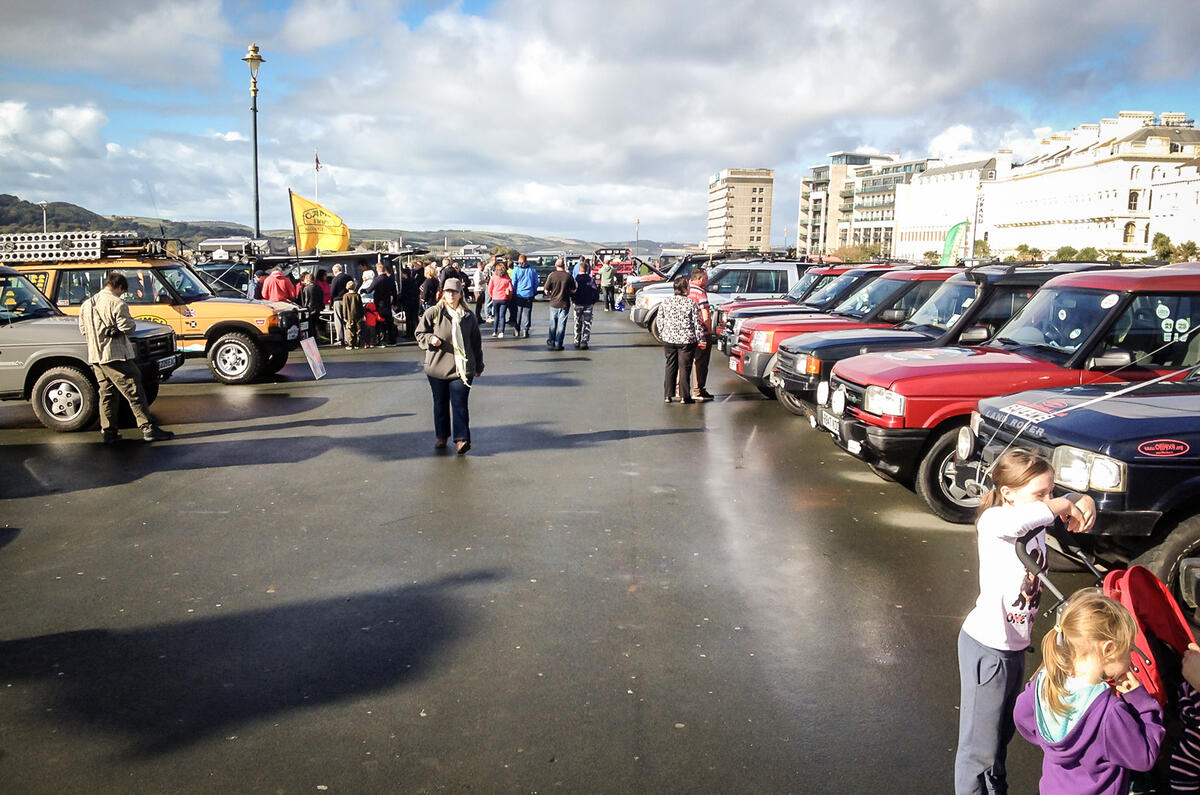
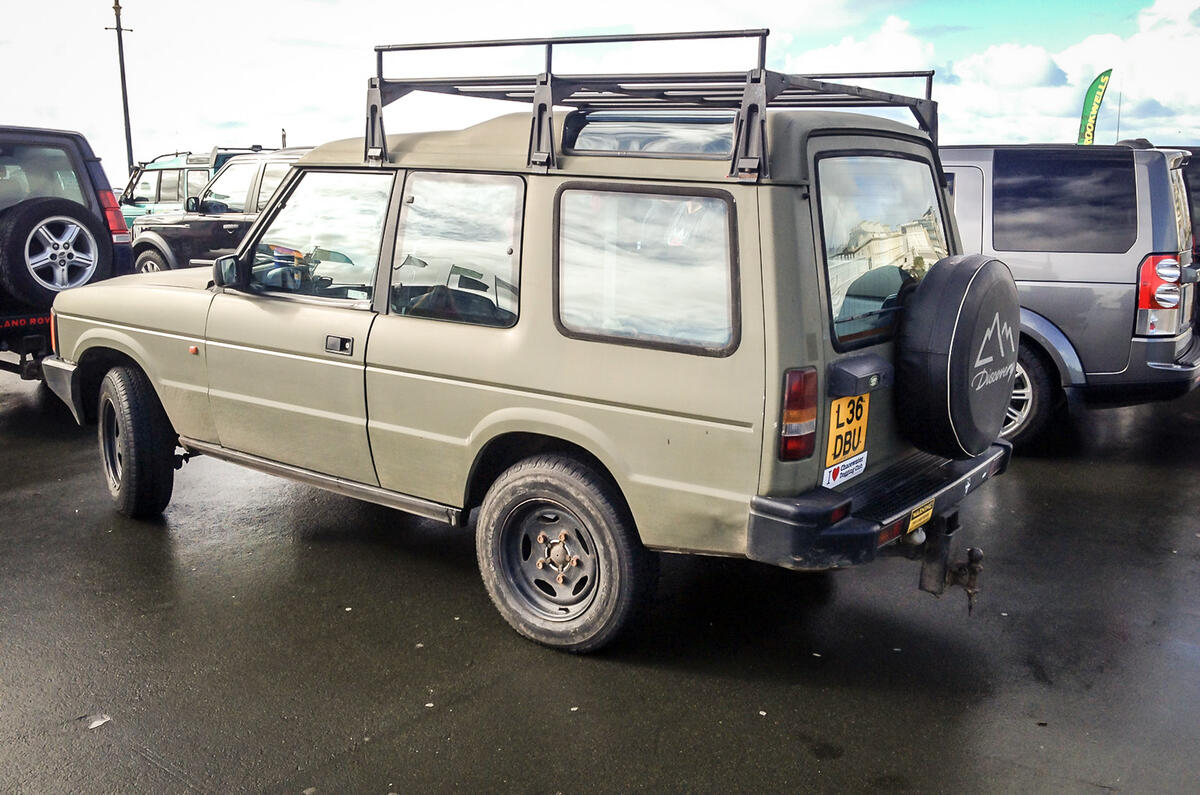
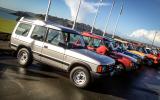

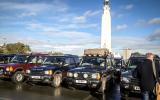


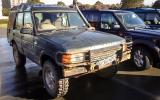
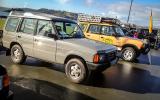
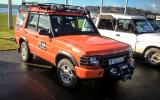
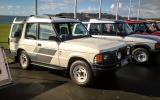

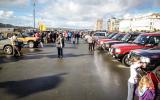



Join the debate
Add your comment
@289Not sure if I should
Not sure if I should feed the troll, but here I go....
The old fella, an engineer who used to be a mechanic, once ended up in a 5 year old M class.
The owner had spent thousands on repairs and servicing.
Said it was an utter bag of bolts, was running on half the cylinders and he wouldn't take one if you paid him to.
From the era of when the beancounters took over the once tank-like Mercedes and started cost-cutting. And built in the US plant, where quality isn't renowned.
@ sirwiggum
As I said in my post, I am aware that not everyone had my luck with ML's....W163's come from a particularly poor era in M-B's history, but I can only speak as I find and mine has been just perfect. It was built in Austria rather than the States, may have something to do with it.
Trim quality is atrocious, similar to a Jeep Grand Cherokee, but on a hard pressed and abused motor such as mine I don't really care.
Conversely I know someone who bought the same spec ML as me a year before, had 3 gearboxes in 18 months and got rid. My W164 is in a different class of build quality.
A friend of mine is an independent Land-Rover specialist engineer....cut him in half and you will find a Land Rover logo, but even he admits L-R quality is poor. The number of s1/s2 Discovery's with a view of the road through the boot floor is astounding, and simply unacceptable more akin to vehicles from the 60's.
I think there are likely to be more ML's in the scrapyard due to gearbox issues than rust though.
Call me a troll if you like, I couldn't care less, but I am entitled to give an opinion, regardless of whether it ruffles the feathers of L-R diehards. I simply don't get their loyalty given the poor engineering.
Disco1
A well looked after Mk1 Disco could last as long as a series 1 Landrover.
Just sayin'
@ Aha1
But of equal truth is that usually they have been talked into it by their husband...why? because he wants to play landed gentry at the weekend!!!
The result is wives who cant park the thing or reverse it to a passing place on narrow lanes, and who are terrified of taking to the verge (even if they could judge the width), in case the glossy black paintwork gets mud or scratches on it. Its a nightmare.
Most of them only have one to two children, so if they really need a 4wd run about, a Yeti or Tiguan would be more than adequate and they would be far happier in it.
Its the blokes to blame I am afraid, they all promise themselves a Tonka toy when they move to the country...just as all their wives , almost without exception want some chickens in the garden!!! (to feed the foxes I presume)